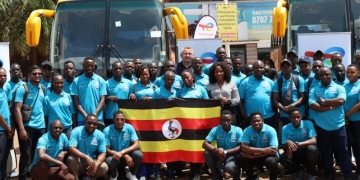
LUSAKA, Zambia — The Africa Minigrid Developers Association (AMDA) has released the third edition of its Benchmarking Africa’s Minigrids Report, providing an in-depth analysis of the continent’s minigrid sector.
The report, launched during the 8th Minigrid Action Learning Event in Lusaka, highlights key trends, challenges, and opportunities in Africa’s minigrid industry.
According to the report, while global minigrid costs have decreased, deployment costs in Sub-Saharan Africa remain higher than in other regions. The timely disbursement of concessional capital and the development of new financing models, such as blended finance and renewable energy credits, are crucial for progress.
The report also emphasizes the importance of a supportive regulatory environment, noting that policy improvements are evident, but regulatory gaps still impede scalability.
AMDA CEO Olamide Niyi-Afuye stressed the need for intensified efforts to scale minigrids for Africa’s energy future, saying, “The third edition of the Benchmarking Africa’s Minigrid Report arrives at a critical moment.”
Industry stakeholders, including Jude Numfor, CEO and Founder of REI-Cameroon, and Anita Otubu, Senior Director at Sustainable Energy for All (SEforALL), praised the report for providing valuable insights into Africa’s minigrid sector.
The report’s findings are particularly significant, given that energy access in sub-Saharan Africa remains persistently low, with around 600 million people lacking electricity access as of 2023, according to the International Energy Agency (IEA).
AMDA urges policymakers, financiers, and development partners to engage with the report’s findings and collaborate to unlock the full potential of minigrids in Africa.










Discussion about this post